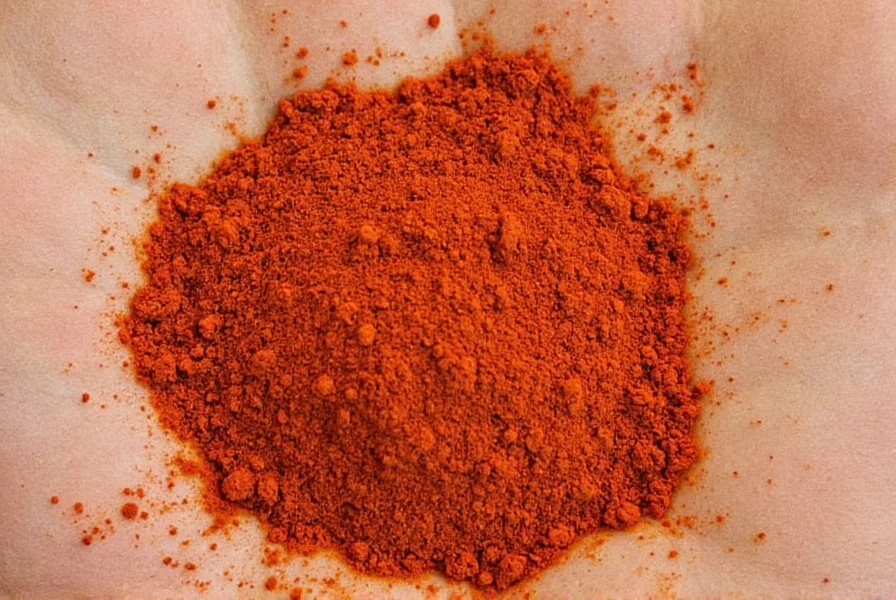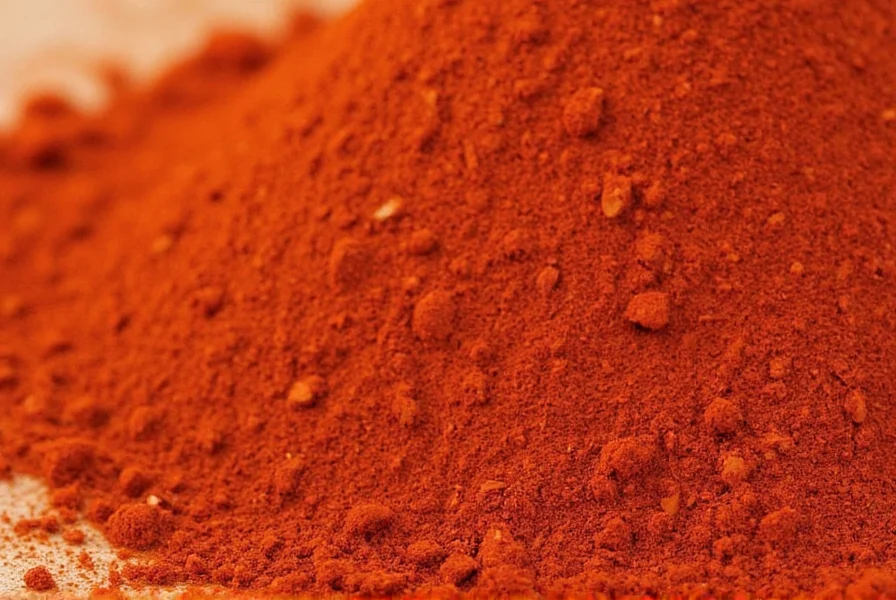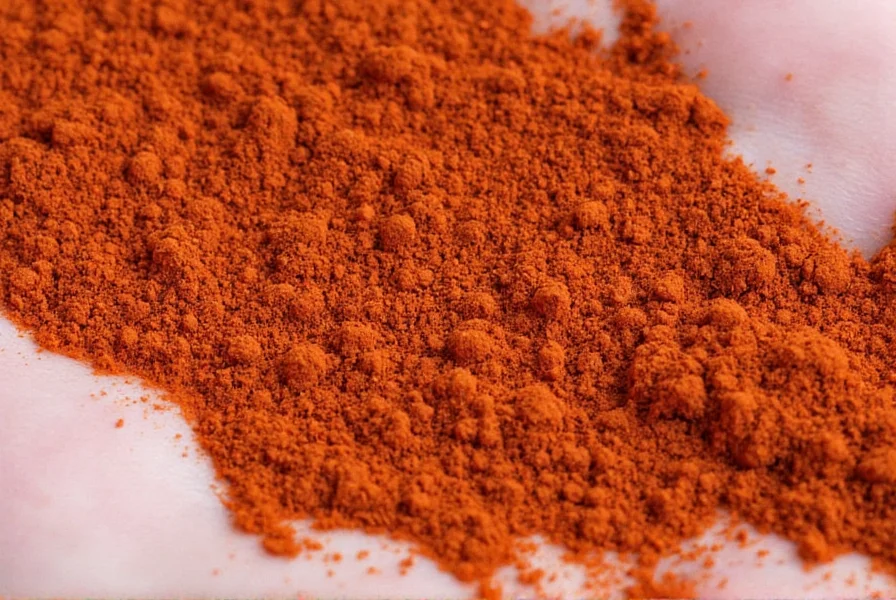Understanding what's inside that familiar spice jar helps home cooks make informed choices in the kitchen. Chili powder isn't just ground chilies—it's a carefully balanced spice blend that forms the foundation of many cuisines, particularly in Mexican and Southwestern cooking.
Breaking Down Chili Powder Ingredients
While recipes vary, most commercial and traditional chili powders share several key components. The primary ingredient is always some variety of dried chili pepper, but the complete blend creates the distinctive flavor profile we associate with chili powder.
Core Components of Authentic Chili Powder
The foundation of any quality chili powder consists of:
| Ingredient | Percentage Range | Flavor Contribution |
|---|---|---|
| Dried chili peppers | 50-70% | Heat and base flavor (varies by pepper type) |
| Ground cumin | 15-25% | Earthy, warm notes |
| Garlic powder | 5-10% | Savory depth |
| Dried oregano | 3-8% | Herbal complexity |
| Onion powder | 2-5% | Sweetness and umami |
Types of Chili Peppers Used
The specific chili peppers determine the heat level and flavor nuances. Common varieties include:
- Ancho peppers (dried poblanos) - mild heat with raisin-like sweetness
- Guajillo peppers - medium heat with berry notes
- Cayenne peppers - higher heat for spicier blends
- Chipotle peppers (smoked jalapeños) - for smoky variations

Regional Variations in Composition
Chili powder recipes differ significantly across regions, reflecting local culinary traditions:
- Texas-style - Focuses primarily on chili peppers with minimal additional spices, often just salt
- New Mexico blend - Features local red chilies with subtle garlic notes
- Commercial grocery store brands - Typically include more fillers and anti-caking agents
- Mexican "chile en polvo" - Usually just pure ground chilies without additional spices
Understanding these regional differences helps explain why chili powder from different sources can produce dramatically different results in cooking.
Nutritional Profile of Chili Powder
Per tablespoon (6g) of standard chili powder blend:
- Calories: 15-20
- Carbohydrates: 3g
- Fiber: 1.5g
- Vitamin A: 20% of daily value
- Vitamin C: 5% of daily value
- Iron: 4% of daily value
The capsaicin in chili peppers provides metabolism-boosting properties, while the other spices contribute various antioxidants. Pure chili powder contains no fat, sugar, or sodium unless added during processing.
Chili Powder vs. Similar Spices
Many home cooks confuse chili powder with related spices. Understanding these differences prevents recipe mistakes:
- Chili powder vs. cayenne pepper - Cayenne is pure ground cayenne peppers (much hotter), while chili powder is a blend with milder heat
- Chili powder vs. paprika - Paprika is milder, made from sweet peppers without additional spices
- Chili powder vs. chili flakes - Flakes contain visible pepper pieces with more intense heat

What to Watch For in Commercial Blends
Not all chili powders are created equal. Some commercial products include:
- Anti-caking agents (like silicon dioxide)
- Fillers (such as flour or cornstarch)
- Extra salt (check labels if sodium is a concern)
- Artificial colors (in lower quality brands)
Reading ingredient labels helps identify pure blends versus those with unnecessary additives. The simplest ingredient lists typically indicate higher quality products.
Creating Your Own Custom Blend
Making homemade chili powder gives you complete control over ingredients and freshness. A basic recipe includes:
- 2 tablespoons dried ancho peppers (seeds removed)
- 1 tablespoon dried guajillo peppers
- 1 teaspoon cumin seeds
- ½ teaspoon garlic powder
- ¼ teaspoon dried oregano
- ¼ teaspoon salt (optional)
Toast the whole peppers and cumin seeds in a dry skillet until fragrant, then grind to a fine powder using a spice grinder. Store in an airtight container away from light for maximum freshness.
Proper Storage for Maximum Flavor
Chili powder gradually loses potency over time. For best results:
- Store in an airtight container away from heat and light
- Use within 6 months for peak flavor (though safe indefinitely)
- Check freshness by rubbing a small amount between fingers—if aroma is weak, it's time to replace
Understanding what's actually in your chili powder transforms how you use this versatile spice in everyday cooking. Whether you're making authentic chili con carne, seasoning tacos, or adding depth to soups and stews, knowing the composition helps you select the right blend for your culinary needs.
Frequently Asked Questions
Does chili powder contain actual chili peppers?
Yes, authentic chili powder always contains ground dried chili peppers as the primary ingredient, typically making up 50-70% of the blend. The specific types of peppers vary by region and recipe, with common varieties including ancho, guajillo, and cayenne peppers.
Is chili powder just ground up chilies?
No, traditional chili powder is a spice blend that includes ground chili peppers plus complementary spices like cumin, garlic powder, and oregano. Pure ground chilies are typically labeled as "chile powder" or "chili pepper powder" rather than "chili powder."
What gives chili powder its distinctive flavor?
The distinctive flavor comes from the combination of dried chili peppers (providing heat and base flavor) with supporting spices—particularly cumin (earthy notes), garlic powder (savory depth), and oregano (herbal complexity). The specific ratio and types of peppers used create regional variations in flavor profile.
Can I substitute paprika for chili powder?
Paprika makes an incomplete substitute as it lacks the additional spices found in chili powder. For better results, combine 1 tablespoon paprika with ½ teaspoon cumin, ¼ teaspoon garlic powder, and a pinch of oregano to approximate chili powder's flavor profile. Note that heat levels will differ based on the paprika variety used.
Why does my chili powder taste different from store to store?
Chili powder recipes vary significantly by manufacturer and region. Differences come from the types of chili peppers used, the ratio of supporting spices, and whether additives like salt or anti-caking agents are included. Texas-style blends focus primarily on chilies, while commercial grocery brands often contain more fillers and additional spices.











 浙公网安备
33010002000092号
浙公网安备
33010002000092号 浙B2-20120091-4
浙B2-20120091-4